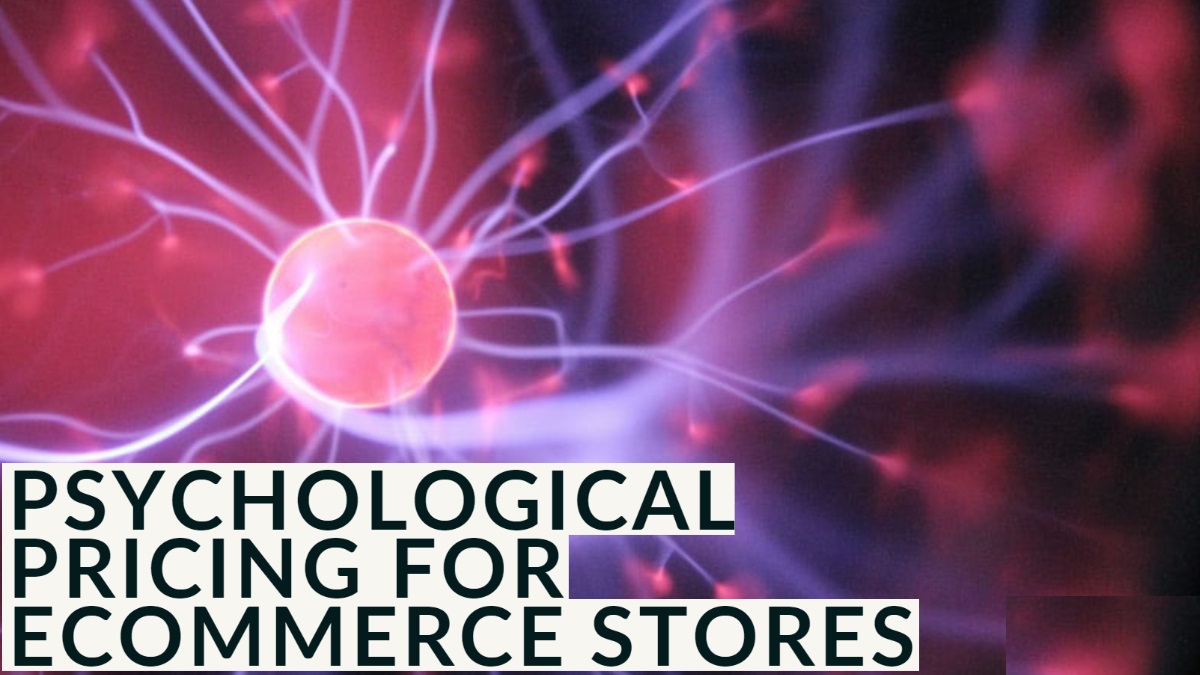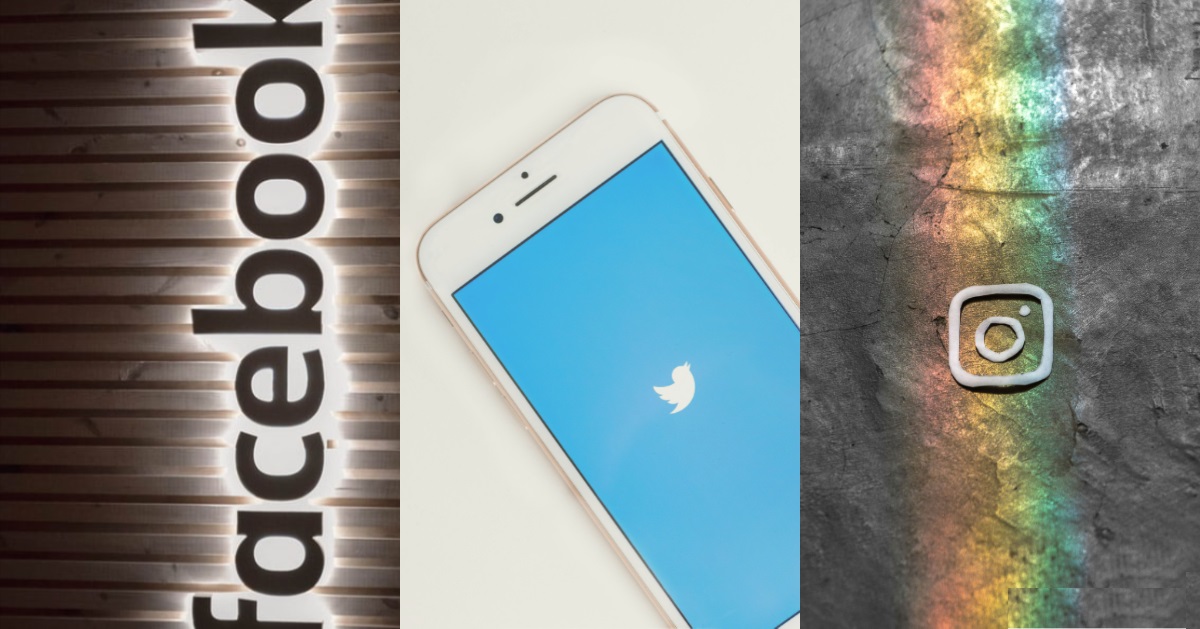Psychological Pricing Tactics for Your Store

 4mins Read
4mins Read
PSYCHOLOGICAL PRICING? STRATEGIES, EXAMPLES, AND TACTICS
Ever gone shopping and walked out of the store knowing that you just blew your budget? It's okay, you can admit it; You are not alone on this one.
Would you feel much better if I told you it wasn’t your fault? Well, it’s true...sort of. Through a variety of psychological pricing strategies, stores are specifically designed to encourage you to spend more than you intend.
To get a clearer picture of this, Let’s dive deeper into some of the most popular ones that you can use to help increase your sales.
What is Psychological Pricing?
Psychological pricing is the business practices of setting prices lower than a whole number. The idea behind psychological pricing is that customers will read the slightly lowered price and treat it lower than the price actually is. An example of psychological pricing is an item that is priced $3.99 but conveyed by the consumer as 3 dollars and not 4 dollars, treating $3.99 at a lower price than $4.00.
Psychological pricing techniques come in many forms. Here are some basic examples of psychological pricing strategies:
1. Artificial Time Constraints
If you’ve been to any retail establishment in the past few months, I almost guarantee that you've seen some form of a sales sign depicting
"1 day only sales!"
where everything is "50% off!!" If we had more time, we would add more exclamation points. Always remember, there always seems to be this urgency around these sales, which ironically happens every weekend in some fashion.
These “1-Day only” signs are known as artificial time constraints. Stores place these restrictions on their sales because they act as catalysts for consumers to spend. If potential customers believe that the sales are only temporary, they are more likely to make their purchases today, rather than next week. Consumers are afraid of missing out on such an obvious deal, so they make the purchase to avoid this potential feeling of regret or missing out. Besides, they will feel peer pressured to buy after seeing all of their fellow shoppers take advantage of this bargain.
There's great power in creating artificial demand. You can take advantage of this psychological fear when you’re selling your own products, from shoes to enterprise software. Reverse the sales paradigm by branding your product as an exclusive, must-have item, and convince potential customers to sell you on why they’re a good fit for your product or service. Essentially, go back to your high school dating days and play hard to get. By doing so, you’ll create this urgency and fear in your prospects that they’re missing out on not only the next big product or trend but that product at a great price. Be careful though, don't go too deep into the discount pricing wagon. You want to make sure this lever reinforces, not deteriorates, your brand.
2. Charm Pricing
Studies done by researchers at MIT and the University of Chicago have proven that prices ending in 9 create increased customer demand for products. This psychological phenomenon is driven by the fact that we read from left to right, so when we encounter a new price at $1.99, we see the 1 first and perceive the price to be closer to $1.00 than it is to $2.00. In essence, ending your price in a 9 convinces customers that you’re offering a great deal.
Feel free to take advantage of this fact in your pricing. If your price is originally $100, try selling it for $99 and see if there is a difference in your sales. NOTE: This is different from A/B testing to find your pricing, as here you already know your optimal price point and are using A/B testing to find the optimal design of your pricing page.
The prevalence of charm pricing has created the opposite effect as well. While prices ending in 9 connote a “value price”, prices ending in 0 now connote a “prestigious price.” So, if you’re selling a “high-class” product, like a diamond ring, you might be better served to end your price with a 0 to give your customers the impression that they’re paying for something expensive and worthwhile. For a great example take a look at most of the sales on Gilt Groupe's flash sales - all of the before prices will end in 0s or 5s while the after prices will end in 7s, 8s, and 9s.
Want To Improve Your Sales?
3. Innumeracy
Which do you think is a better deal? “Buy one get one free” or “50% off two items?” According to a study done by researchers at the University of Minnesota, most people would prefer the first option, even though the two options are identical (buying two items at 50% off is the same as paying full price for one and getting the second free).
This phenomenon is known as innumeracy, where consumers are unable to recognize or understand fundamental math principles as they apply to everyday life. (Those high school math classes are coming back to haunt you now.) Other ways that innumeracy appears in pricing include double discounting, coupon design, and percentage pumping. These topics are covered in more detail in our post on innumeracy.
4. Price Appearance
The design of your prices can also have a tremendous impact on how customers perceive the value of your product. Next time you go to a fancy restaurant, look at the prices. Most likely they will be in a smaller font and won’t have the added zeroes at the end. They’ll look like “19”, instead of “$19.00”.
There’s a reason for this type of design. Longer prices appear to be more expensive for consumers than shorter prices, even if they represent the same number. This is because subconsciously, the longer prices take more time to read. This effect is compounded by the use of a “$” sign for prices. Not only does it make the price longer, but it also firmly relates the number to consumers’ wallets, which exacerbates the pain of parting with their hard-earned cash. Similarly, prices with more syllables appear more expensive because consumers pronounce prices in their heads and it takes longer to recite extended numbers.
This is an easy tactic to employ for your pricing as well. Omit the “$” signs from your pricing and if you’re pricing at a whole number, forget the “.00” as well. If you’re trying to combine this tactic with charm pricing, consider making the “.99” very small compared to your main price.
Remember, these tactics are the last inch, not the whole foot
With a psychological pricing strategy, you can provide a psychological impact that delivers a sense of urgency. You can change the perception of your pricing by adding an odd number, anchor prices, and a handful of other tactics. The most important part of this is that you must convey the value of your product.
Your price is how you convey your value to your customers, and this communication hinges on your customers’ perceptions of your pricing, which you must measure using science, not your gut instinct. No amount of these psychological tips and tricks will make up for improperly set prices in the first place.
Also, keep in mind, the decision to use these strategies is up to you. Some may see these techniques as taking advantage of consumers’ inherent mathematical and psychological weaknesses, while others may find them to be an essential part of everyday business.




















 TrustGuard - PCI Security Scanner
TrustGuard - PCI Security Scanner
